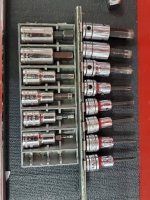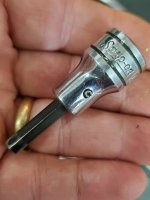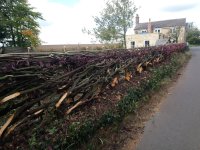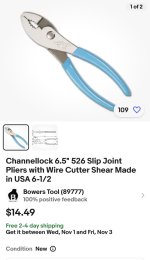G
Gimlet
Guest
During the winter I work as a commercial hedge layer in the UK. Don't know if hedge laying is a thing in the US, so for those who don't know, it starts off like this:

And ends up like this (with a bit of work in between..):
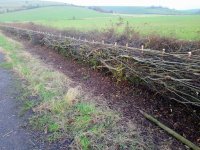
It is completely impossible to find decent mass-produced bladed tools in the UK. Anything off the shelf will be utter garbage, stamped out on machines usually form dreadful Chinese-made steel.
All my blades are hand-made by a blacksmith. They're not cheap, about £200 per hook, but you get what you pay for.
This is my hedging tool kit. All are hand-made except the shears (though they're UK-made), the staff-hook at the top of the picture and the dark-bladed hook which is a vintage Elwell, probably dating from the 1930's/40's. The wide-bladed hewing axe in the center is a Swedish-made Granfors Bruk, which I would class as semi-handmade. Otherwise they were made in the UK by a blacksmith from hand beaten laminate steel. He made all the handles and shafts by hand as well from locally-grown ash.
The leather pouch was also handmade by a leather worker in the Lake District..
(The mallets - biddles as they're called where I come form - were made by me with a chainsaw from a holly tree). Had them both ten years and they've slammed in thousands of stakes.
I envy tradesman in the past who could just walk into a store and buy hand-forged tools. Not all progress is good.
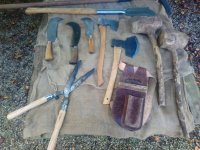

And ends up like this (with a bit of work in between..):

It is completely impossible to find decent mass-produced bladed tools in the UK. Anything off the shelf will be utter garbage, stamped out on machines usually form dreadful Chinese-made steel.
All my blades are hand-made by a blacksmith. They're not cheap, about £200 per hook, but you get what you pay for.
This is my hedging tool kit. All are hand-made except the shears (though they're UK-made), the staff-hook at the top of the picture and the dark-bladed hook which is a vintage Elwell, probably dating from the 1930's/40's. The wide-bladed hewing axe in the center is a Swedish-made Granfors Bruk, which I would class as semi-handmade. Otherwise they were made in the UK by a blacksmith from hand beaten laminate steel. He made all the handles and shafts by hand as well from locally-grown ash.
The leather pouch was also handmade by a leather worker in the Lake District..
(The mallets - biddles as they're called where I come form - were made by me with a chainsaw from a holly tree). Had them both ten years and they've slammed in thousands of stakes.
I envy tradesman in the past who could just walk into a store and buy hand-forged tools. Not all progress is good.

Last edited by a moderator:








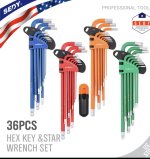
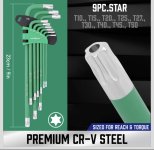
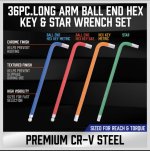
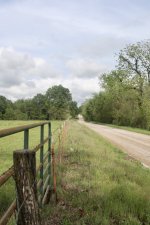
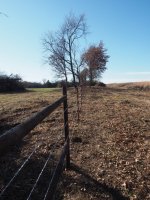

.gif)
